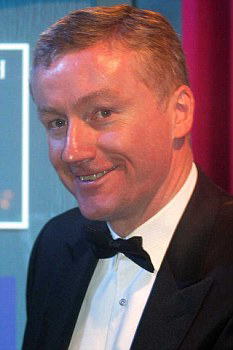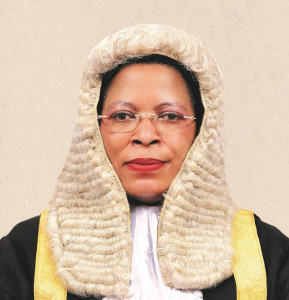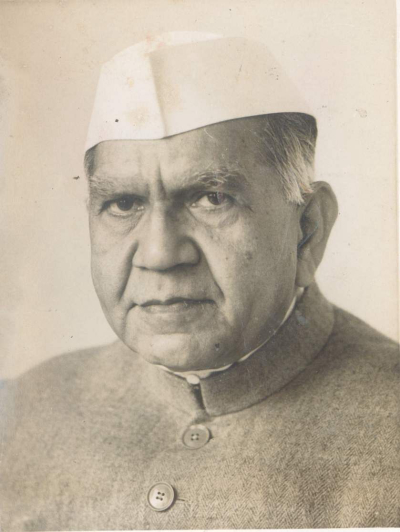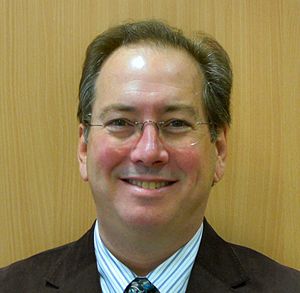Fred Goodwin
#60838 Most Popular
1958
1983
1985
1987
1989
1991
1995
1998
2000
2001
2002
2004
2005
2006
2007
2008
2010













